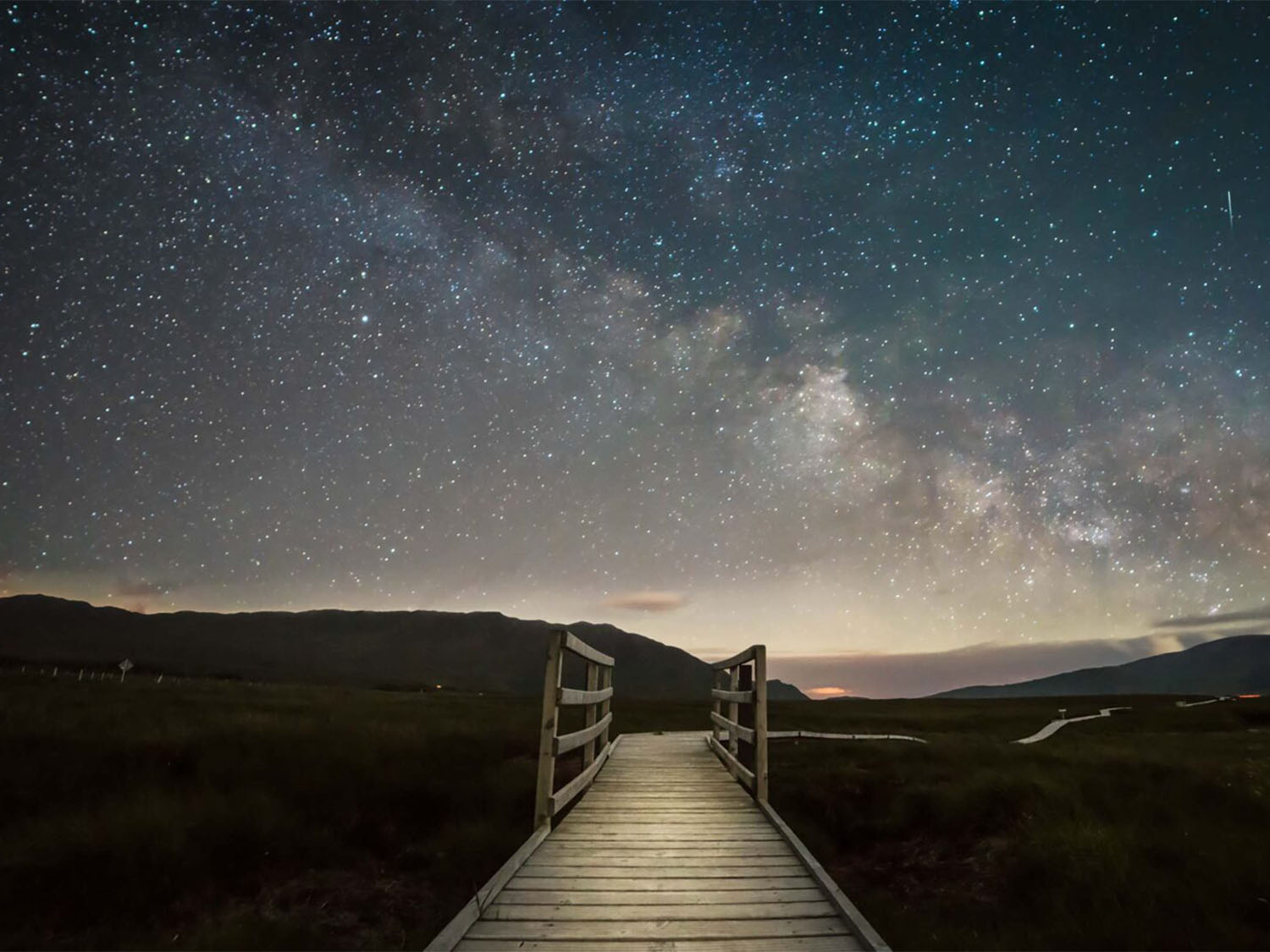“The world is full of magical things, we wait patiently for our senses to become more acute.” So wrote the poet W.B. Yeats. He surely could have been describing his Irish homeland, for seldom will a destination prove more magical than this.
Ireland, the island of the green, often known as the Emerald Isle, possesses a unique charm. From its magnificent scenery to its rich heritage and from its ever-friendly people to an abundance of outdoor activities and festivals, this small country is a big hitter on the tourism stage. And, being just 486km from north to south and 275km from east to west, it is easily driveable allowing visitors to pack in a lot in a short time.
Historical Ireland
For a land so small, Ireland is abundant in historical sites – both truly ancient, such as Newgrange, and more modern, including a plethora of stunning castles, many of which can still be visited today.
Dating back 5,000 years, Newgrange is older than Stonehenge, Mycenae or even the Pyramids of Egypt. Classified by archaeologists as a passage tomb or, more recently, as an ancient temple, it is a large, kidney-shaped mound covering more than an acre. Surrounded by 97 kerbstones, which bear rich decorations of megalithic art, it is a UNESCO World Heritage Site that’s most famous for the alignment of its stones with the sunrise on the Winter Solstice.

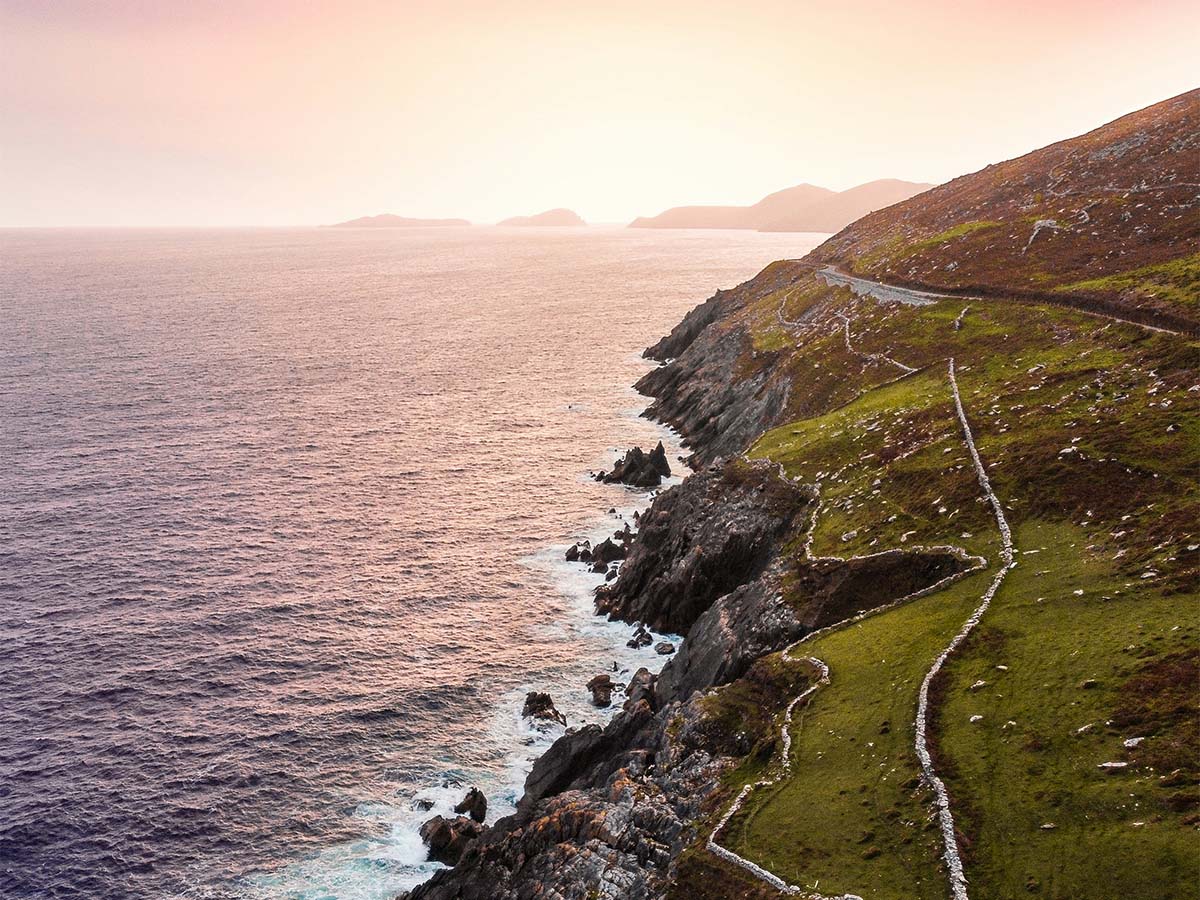

No visit to Ireland would be complete without a trip to Blarney Castle in County Cork. Or, more specifically, the chance to kiss the Blarney Stone. The castle itself dates from 1446. Today, it is a partial ruin with some accessible rooms and the battlements, into one of which the Blarney Stone is embedded. It’s said that kissing the stone, the origin of which is much debated, imparts the ‘gift of the gab’ – eloquence in speech or flattery – something for which the Irish are particularly well known.
Another historical ‘must-see’ is The Book of Kells, a gorgeous, illuminated manuscript containing the Celtic gospels in Latin. Housed in the singularly impressive Trinity College Library in Dublin, it’s thought to have been created around AD800.
And, if you are interested in more recent Irish history, make sure you visit Kilmainham Gaol, Dublin, which housed many of the heroes and leaders of the 1916 Easter Rising against British rule. Long since repurposed as a museum, it tells a hugely interesting story.
Scenic Ireland
A great option to see large parts of Ireland is to travel the Wild Atlantic Way, a 2,500km route along the west coast and parts of the north and south coasts. Passing through nine counties and three provinces, it stretches from Donegal in the north to Kinsale, County Cork. Popular attractions along the way include the Cliffs of Moher and the Dingle Peninsula, from where you can take a dolphin watching trip.
Unsurprisingly, being an island, Ireland is blessed with numerous stunning beaches and though the weather is not quite what we’re used to in the Middle East, the waters are so clear and clean it’s hard not to take a dip, particularly if you’re visiting during summer. Keem Bay on County Mayo’s Achill Island has been named the number one wild swimming spot in the UK and Ireland. Clearly the place to go if you’re tempted to take to the waves. And there are also loads of surfing spots, particularly Mullaghmore in County Sligo, which is rapidly gaining a reputation as a big-wave destination.
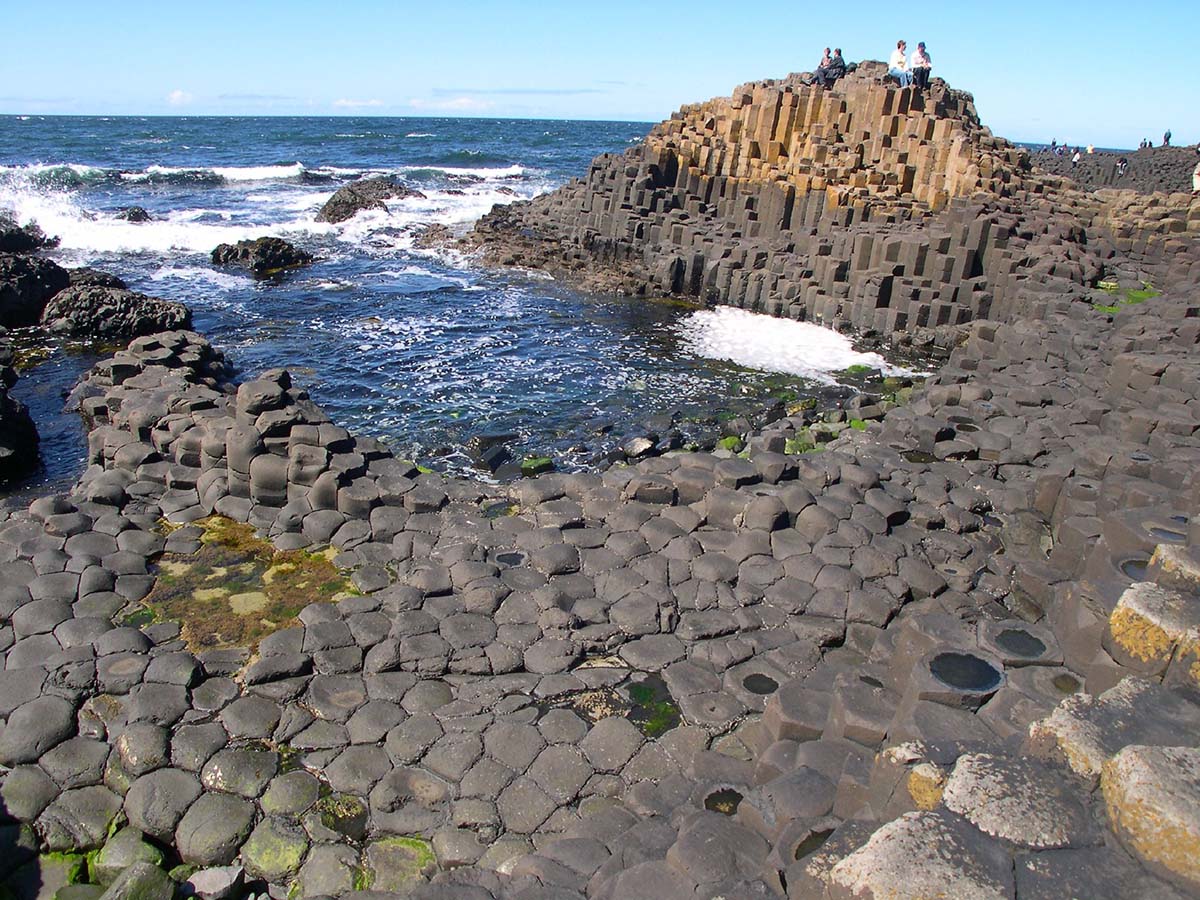
Still in Mayo, if you want to get away from it all, head to Mayo Dark Sky Park which sits between the remote Nephin Mountain Range and the Atlantic Coast and boasts some of the darkest, most pristine skies in the world. On a clear night, you can see thousands of twinkling stars, along with other planets in our solar system, the Milky Way and even meteor showers, all with the naked eye.
Head north to County Antrim to visit the Giant’s Causeway, a UNESCO World Heritage Site and truly a spectacle to behold. Formed from 40,000 interlocking basalt columns, the stones resemble a visible pavement, the tops of the columns forming stepping stones that lead from the cliff foot disappearing under the sea. The tallest is 12m high and, though their formation was undoubtedly geological, the ancient legend that credits the causeway to a battle between two giants is much more fun.
Sociable Ireland
The Irish are known the world over for their love of the ‘craic’ or a good party! And there are few better places to experience this than in Dublin’s Temple Bar. Found on the south bank of the River Liffey, the area is teeming with nightlife – bars, clubs and restaurants – where you’ll find live music virtually every night of the week. There are two renovated squares, Meetinghouse Square, which hosts film screenings during the summer months, and the central Temple Bar Square, where you’ll find a book market on Saturdays and Sundays. Also check out Cow’s Lane Market on Saturdays for fashion and design pieces.
If you’re travelling in October, take the Jazz Train from Dublin to the Cork Jazz Festival – Ireland’s biggest jazz event, attracting more than 1,000 musicians and upwards of 40,000 visitors. In May, there’s the Kilkenny Roots Festival, which has been running for 25 years and attracts some of the biggest names in the Americana/Roots genre. Audiences wind their way through the mediaeval streets sampling the huge range of music in the 30 plus venues, hosting over 40 Irish and international acts. Kilkenny’s also home to The Cat Laughs Festival, a comedy extravaganza that’s billed as ‘Ireland’s favourite festival’.
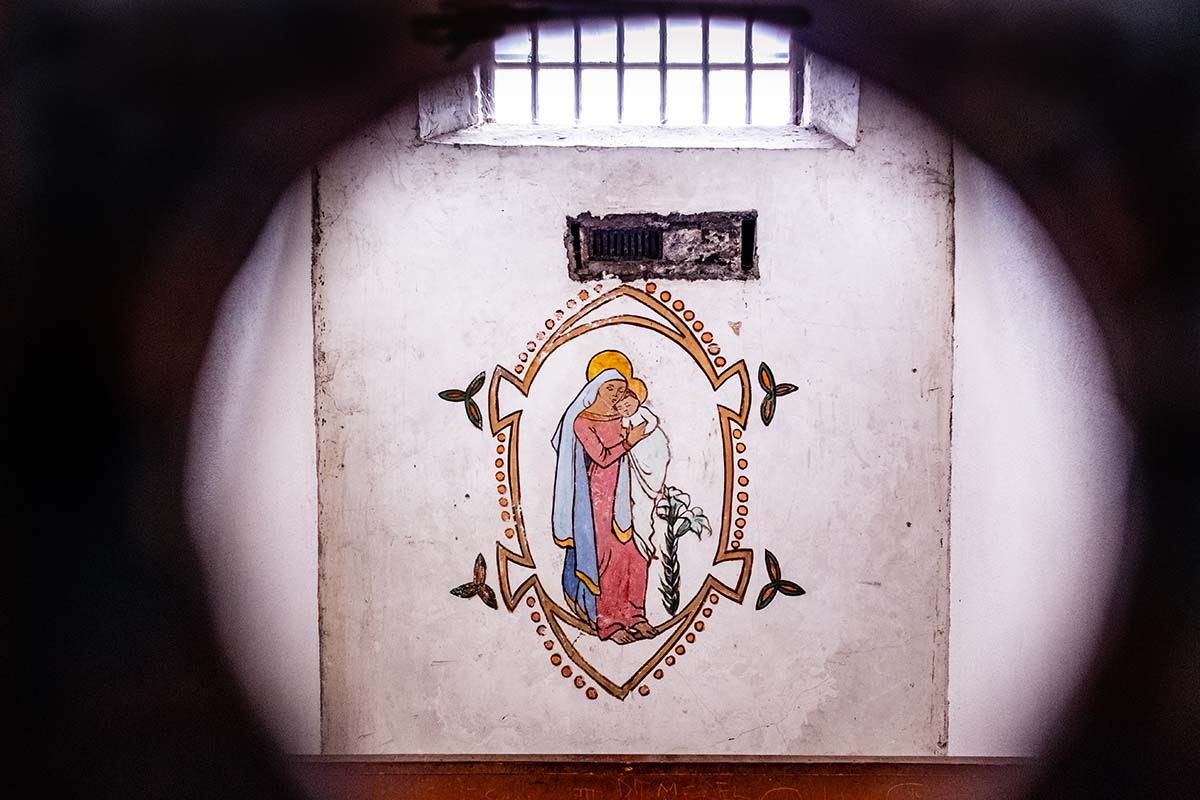
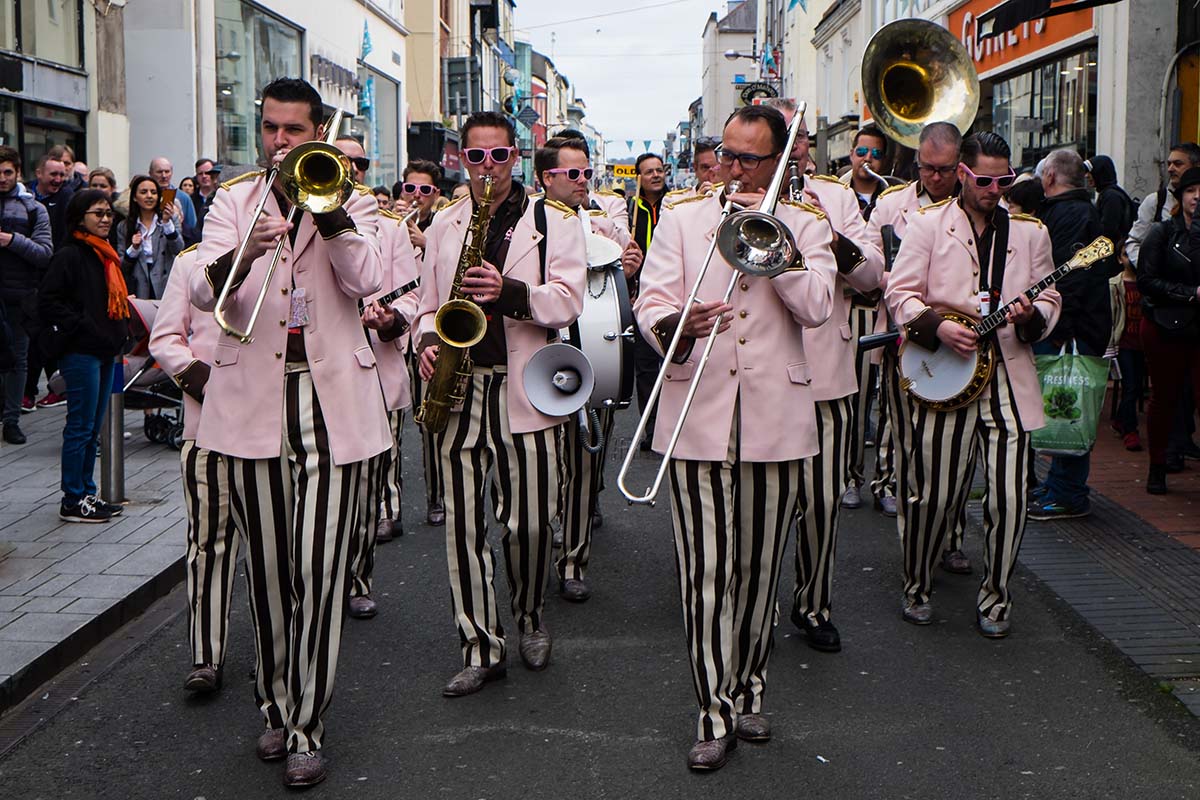

And, in August, The Fleadh is an absolute must. Officially Fleadh Cheoil na hÉireann 2024, it’s the country’s biggest gathering of traditional musicians of all ages and has been running for more than 60 years across the country. This year’s host city is Wexford and it promises to be a blast.
Whether on an organised tour or an individual trip, you’ll find music and dancing coupled with culture and history pretty much anywhere you go in the Emerald Isle where one of the most oft heard sayings is ‘Céad Míle Fáilte’ – a hundred thousand welcomes.




















